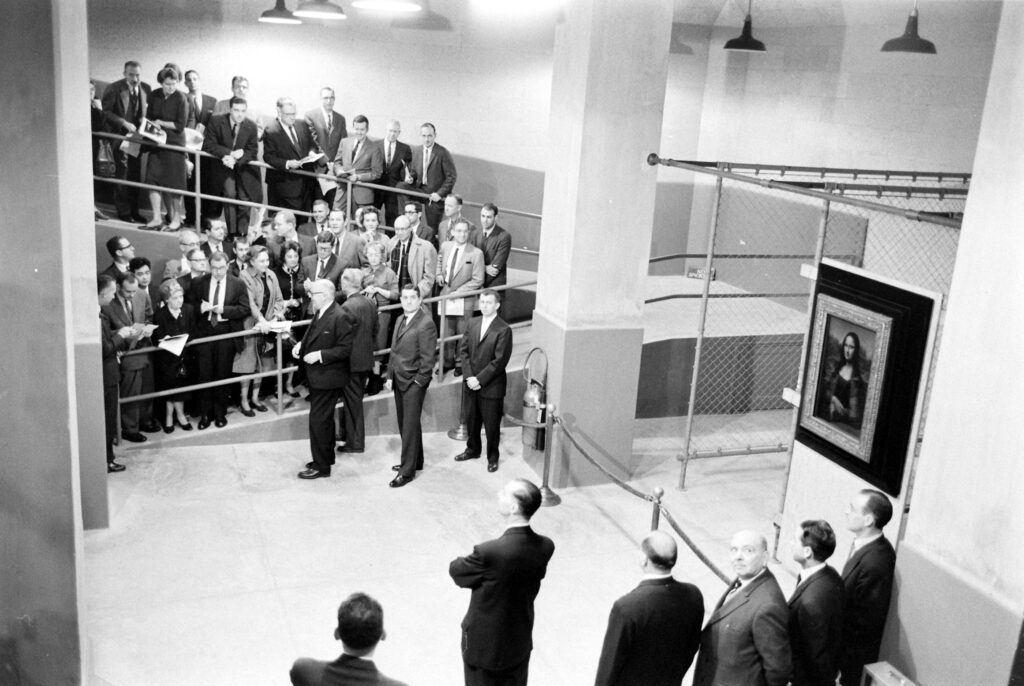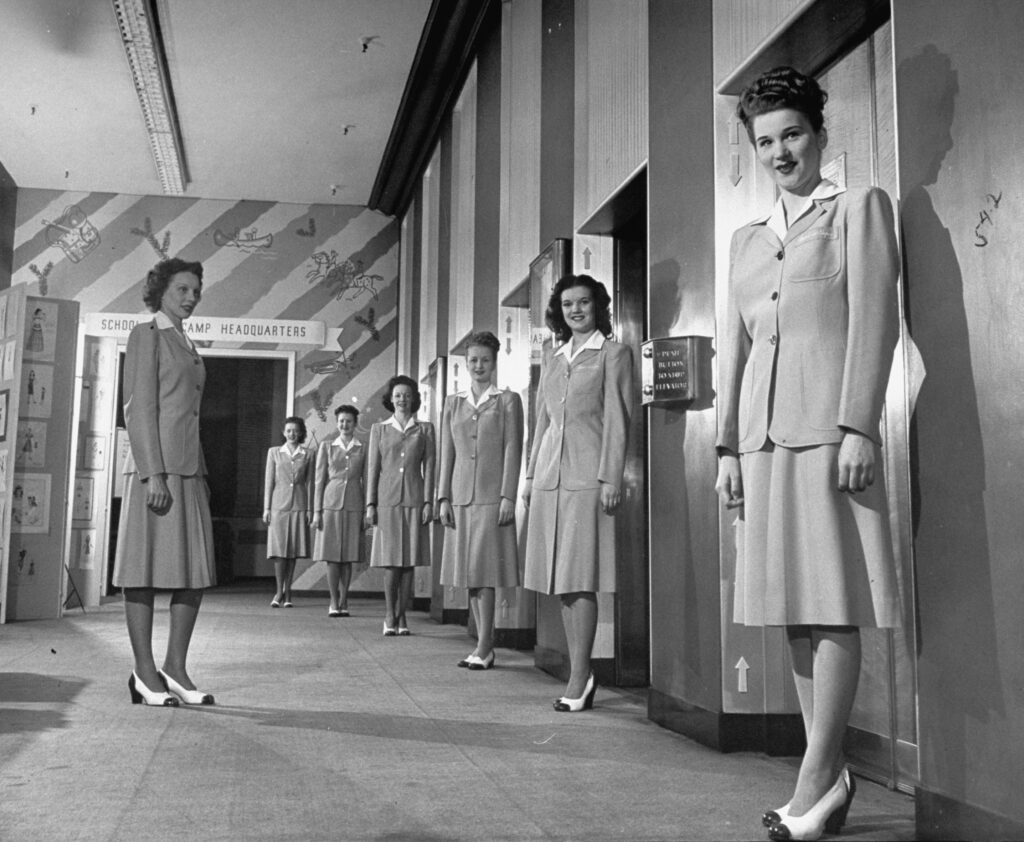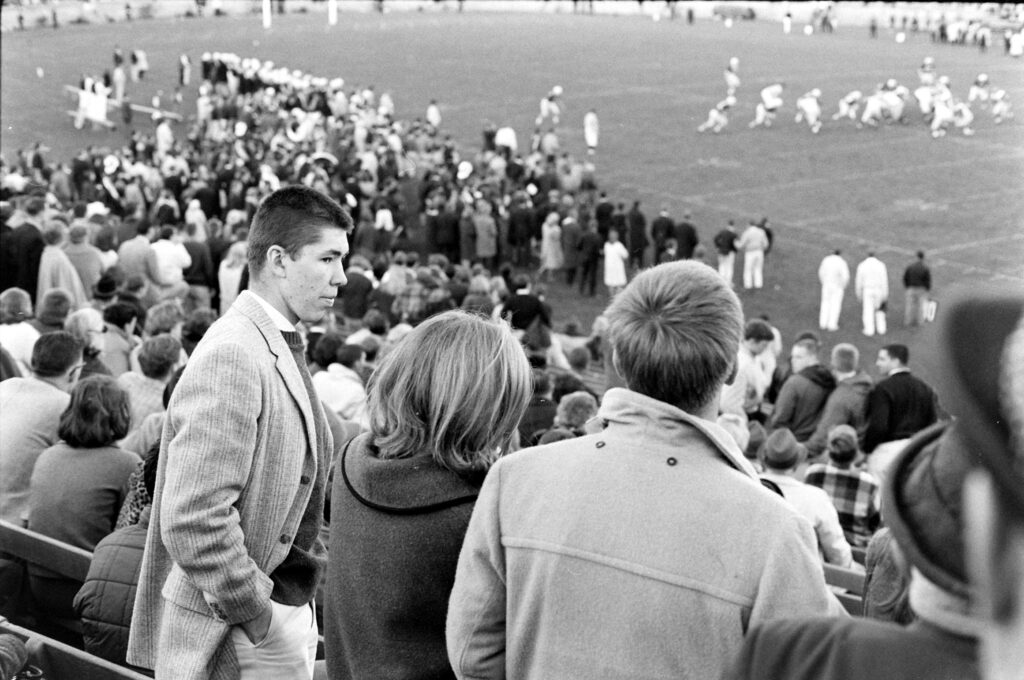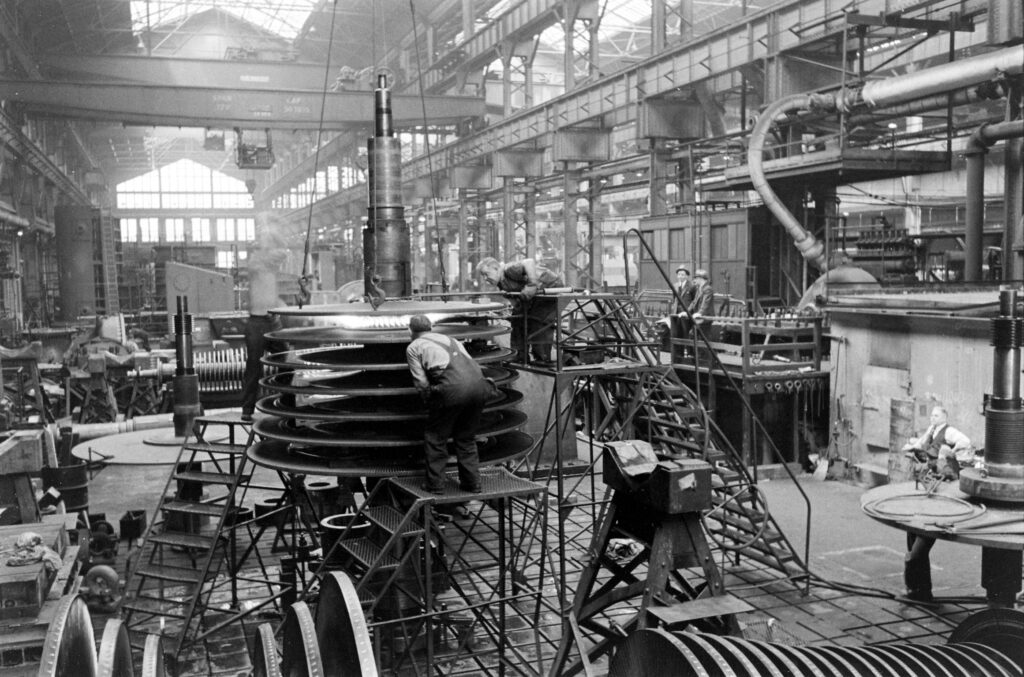Written By: Ben Cosgrove
The Normandy invasion of June 6, 1944, was so vast in scope—and so punishingly effective in establishing an Allied beachhead on European soil—that people sometimes forget just how long the war lasted, and how brutal it remained, in both Europe and the Pacific after D-Day. The successes at Omaha, Utah, Juno, Gold and Sword beaches remain, rightly, among the most celebrated military operations in history—but for more than a year following those landings, the fighting went on, and on, and on in some of the war’s most appalling battles and campaigns.
Hundreds of thousands of Allied and Axis troops and untold thousands more civilian men, women and children died before Japan surrendered in September 1945, finally ending the war that for six years had reshaped the globe. This gallery features photographs — some of them iconic, many of them little-known — from Saipan, Bastogne, Iwo Jima, Berlin, Nagasaki: places where the war did not stop when Operation Overlord ended.
[Buy the LIFE book, D-Day: Remembering the Battle that Won the War — 70 Years Later]

Rescue workers helped pull victims from ruins of a building hit by a German V-1 “flying bomb,” July 1944.
Mansell The LIFE Picture Collection/Shutterstock

A grizzled, battle-weary Marine peered over his shoulder during the final days of fighting on Saipan, July 1944.
W. Eugene Smith The LIFE Picture Collection/Shutterstock

American Marines in action during the fight for control of Saipan, summer 1944.
W. Eugene Smith The LIFE Picture Collection/Shutterstock

Marines tended to a wounded comrades while the fighting rages on during the battle to take Saipan from the Japanese, 1944.
W. Eugene Smith The LIFE Picture Collection/Shutterstock

St. Lo, France, summer 1944.
Joe Scherschel The LIFE Picture Collection/Shutterstock

St. Lo, France, summer 1944.
Joe Scherschel The LIFE Picture Collection/Shutterstock

A Free French soldier dashes to aid a French resistance fighter took aim at a German sniper attacking a crowd during a tour by Gen. Charles DeGaulle following the liberation of Paris, August 1944.
Ralph Morse The LIFE Picture Collection/Shutterstock

Sniper attack, Paris, August 1944.
Ralph Morse The LIFE Picture Collection/Shutterstock

V-E Day, Paris
Ralph Morse The LIFE Picture Collection/Shutterstock

Grim-faced American soldiers fighting on Okinawa listened to a radio broadcast of the surrender of Germany and the end of WWII in Europe, May 1945.
U.S. Army

A cathedral was turned into a makeshift hospital during the Allied campaign to retake the Philippines, December 1944.
W. Eugene Smith The LIFE Picture Collection/Shutterstock

A nurse tended to wounded soldiers in a makeshift hospital located in a cathedral during the campaign to retake the Philippines, Dec. 1944.
W. Eugene Smith The LIFE Picture Collection/Shutterstock

This tired American soldier was just back from the front lines near the town of Murrigen during the Battle of the Bulge, December 1944.
George Silk The LIFE Picture Collection/Shutterstock

American General Anthony McAuliffe, commander of the 101st Airborne during the Battle of the Bulge.
U.S. Army

German POWs carried the body of an American soldier killed in the Battle of Bulge, January 1945.
George Silk The LIFE Picture Collection/Shutterstock

A lace curtain shrouded the body of an American soldier awaiting burial in Bastogne cemetery, January 1945.
Russ Engel/U.S. Army

United States Marines (foreground) blew up a cave connected to a Japanese blockhouse on Iwo Jima, March 1945.
W. Eugene Smith The LIFE Picture Collection/Shutterstock

U. S. Coast Guardsmen assisted a wounded Marine returning from the fight on Iwo Jima, 1945.
U.S. Coast Guard

Crewmen fought fires on the deck of the USS Saratoga, which was badly damaged and set ablaze after being hit several times by Japanese bomber planes and kamikaze attacks off of Iwo Jima, 1945.
U.S. Navy

U.S. Marines of the 28th Regiment, 5th Division, raised the American flag atop Mt. Suribachi, Iwo Jima, on Feb. 23, 1945.
Joe Rosenthal AP Photo

Oberwallstrasse, in central Berlin, saw some of the most vicious fighting between German and Soviet troops in the spring of 1945.
William Vandivert The LIFE Picture Collecton/Shutterstock

Russian soldiers and a civilian struggled to move a large bronze Nazi Party eagle that once loomed over a doorway of the Reich Chancellery, Berlin, 1945.
William Vandivert The LIFE Picture Collecton/Shutterstock

American infantryman Terry Moore took cover as incoming Japanese artillery fire exploded nearby during the fight to take Okinawa, May 1945.
W. Eugene Smith The LIFE Picture Collection/Shutterstock

U.S. Marines waited to pick off enemies who fled a cave after it was attacked with an explosive charge during the vicious fight for control of Okinawa, 1945.
U.S. Marine Corps

A gutted trolley car amid Hiroshima ruins, months after America’s August 1945 atomic bomb attack on the city.
Bernard Hoffman The LIFE Picture Collection/Shutterstock

Nagasaki, September, 1945.
Bernard Hoffman The LIFE Picture Collection/Shutterstock

Mother and child in Hiroshima, Japan, December 1945.
Alfred Eisenstaedt The LIFE Picture Collection/Shutterstock

A photo album, pieces of pottery, a pair of scissors and shards of life strewn on the ground in Nagasaki, 1945.
Bernard Hoffman The LIFE Picture Collection/Shutterstock

American officers (including neck-craning skeptic William “Bull” Halsey, third fr. left) lined the deck of the battleship USS Missouri (BB-63) while the Japanese delegation signed the official surrender document, Sept. 2, 1945.
Carl Mydans The LIFE Picture Collection/Shutterstock

V-J Day kiss, Times Square, Aug. 14, 1945.
Alfred Eisenstaedt The LIFE Picture Collection/Shutterstock






































